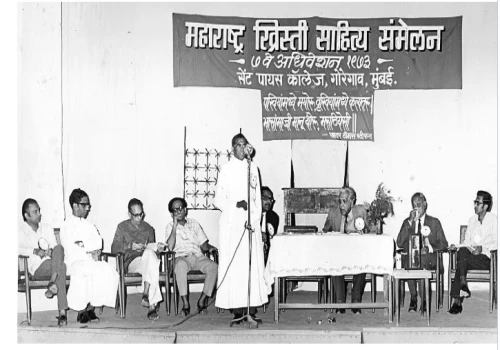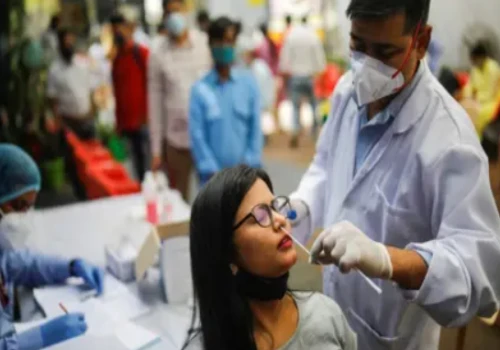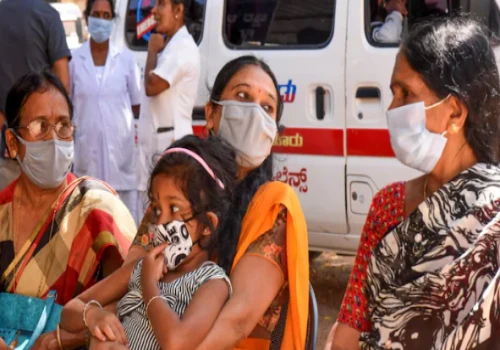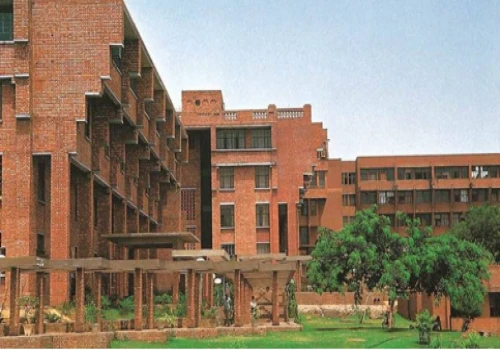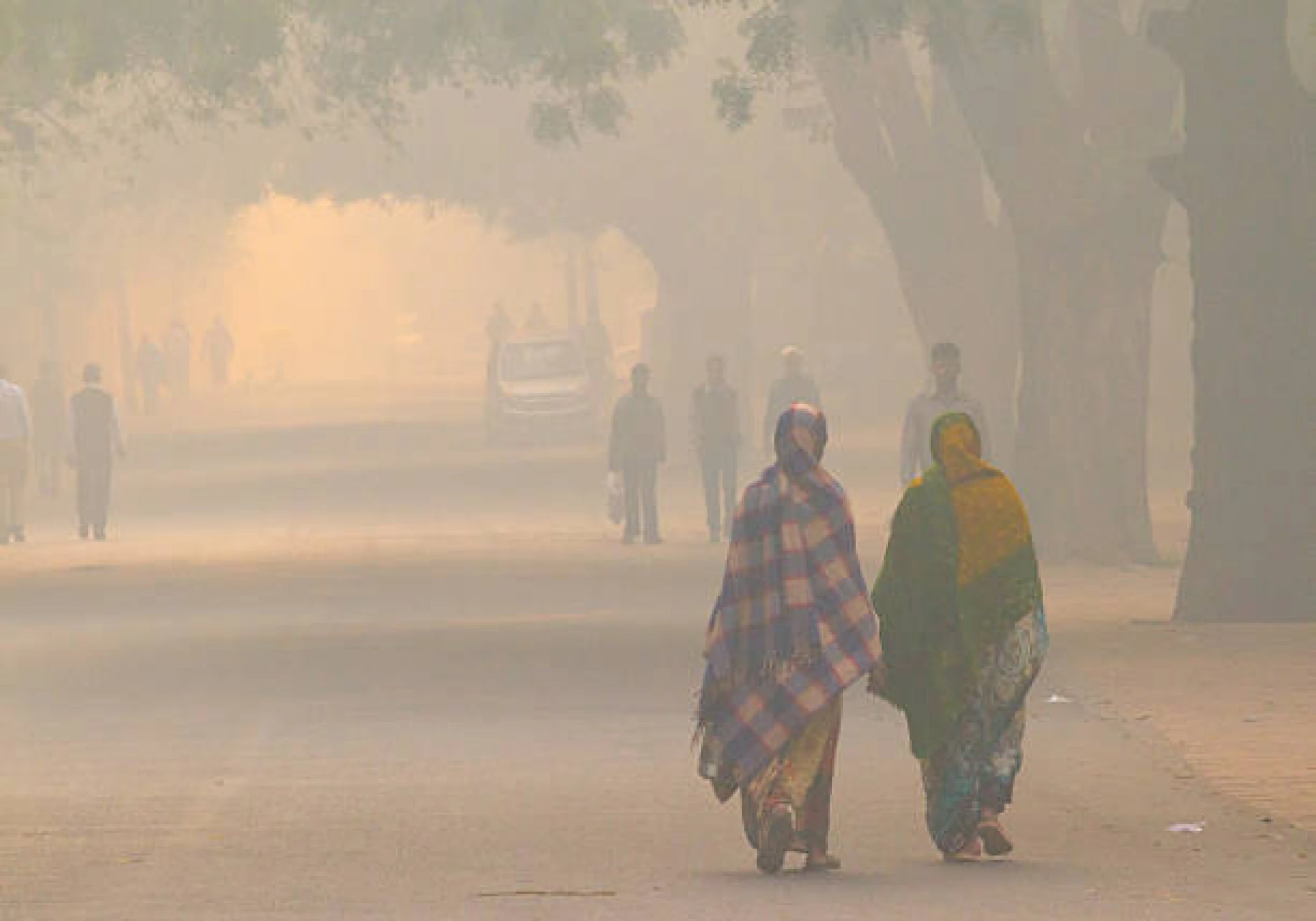
Delhiites experienced a slight respite from the choking air pollution as the city’s Air Quality Index (AQI) improved to the ‘poor’ category after hovering in the ‘very poor’ and ‘severe’ ranges for weeks. As of Monday morning, the average AQI in the national capital stood at 240, categorizing it as ‘poor.’ This is a notable improvement from the past weeks when AQI levels crossed 400, veering into the ‘severe’ category, posing severe health risks to residents.
Meteorological changes have played a key role, with increased wind speed dispersing pollutants more effectively. Additionally, government and public efforts to curb emissions have started to show results. Measures such as restricted entry for commercial vehicles, a temporary ban on construction activities, and the promotion of public transportation have contributed to the decline in pollution levels.
Despite the improvement, the air quality in the ‘poor’ category can still cause health complications, particularly for vulnerable groups, including children, the elderly, and individuals with pre-existing respiratory conditions. Health experts recommend minimizing outdoor activities and using N95 masks when stepping outside.
Authorities are developing immediate and long-term strategies to tackle air pollution. Initiatives like the Graded Response Action Plan (GRAP) have been implemented to combat pollution during critical months. Citizens are also urged to adopt sustainable practices, such as carpooling, using public transport, and reducing waste burning.
While the current improvement brings hope, Delhi’s air pollution remains a persistent problem requiring collective efforts. Long-term policies focusing on renewable energy, urban planning, and environmental awareness will be key in ensuring a future with cleaner air for the city.



